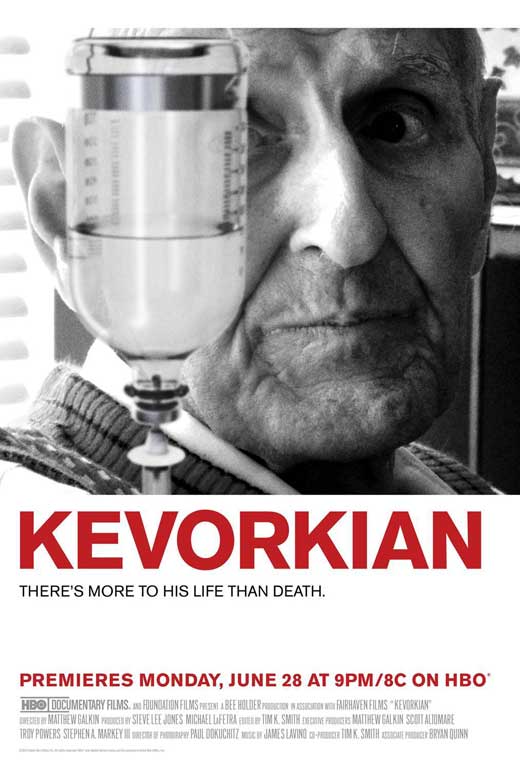These days Dr. Jack Kevorkian, sadly enough, is not generally associated with a courageous, eccentric, and by many accounts visionary doctor, but rather with his unfortunate moniker: “Dr. Death.” Yet perhaps such a handle is fitting. It is by his own admission the Kevorkian had a fascination with death, but in fact there is far more to the man than many of us may have heard, his most enduring legacy, perhaps, being the modern aid-in-dying debate. Like it or not, Jack Kevorkian brought the public’s attention to the issue and forced people to think about it, even if without the most savory of methods.
Perhaps more than anything else, he was a publicity hound. He had an uncanny gift for gaining the public’s attention. This is a risky tendency, and, thanks to a few catastrophic mis-steps, this might have been his undoing, as his infamous 60 Minutes interview, in which he airs a video of himself injecting one of his patients with poison, is perhaps his most widely remembered public moment. It is at this point in the documentary, Kevorkian, directed by Matthew Galkin, the doctor’s friends and supporters begin to start making excuses for him. Kevorkian had been active for years prior, and had performed more than 100 “assisted suicides.” He first advertised his services through the newspaper classifieds, as “Death Counseling,” and even developed a device he called a “suicide machine” with which his patients could apply the fatal chemicals upon themselves. Largely thanks to the passionate and skillful support of his lawyer, Geoffrey Fieger, the courts were afraid to touch him, and he essentially found himself operating in a legal gray area. After the 60 Minutes interview he was arrested for first degree murder. In trial, Dr. Kevorkian chose to represent himself. His reasoning: “I wanted to be convicted, because I wanted this issue to go to the Supreme Court.” He professes that he wanted to get the issue out there, that it was time to blow the lid off. However, the Supreme Court refused to hear the case, Dr. Kevorkian was roundly out-maneuvered in trial, and his narrative was thoroughly derailed. The trial became less about aid-in-dying than about Kevorkian himself, together with the film, and the undeniably ghoulish spectacle of a man being put to death on-camera. Kevorkian was sent to prison, and released some eight years later on parole due to failing health.
But Kevorkian wasn’t done yet. In 2008, now 80 years old and less than a year after his release from prison, he launched a bid for Congress in Michigan’s Oakland County, and used the debates as a platform to further espouse his radical views on the role of government in our day to day lives, taxation, civil rights, and, of course, our right to die with dignity and in a manner and time of our own choosing. Pundits worried that he would have a “Nader effect” on the race, drawing precious support and attention from the Democratic candidate. In the end, Kevorkian garnered only about 1% of the vote. At his campaign headquarters on the evening of the election, he appears tired, but not chastened. The conclusion you may come to after watching the film, is that Kevorkian was doing exactly what he wanted to be doing, if, perhaps, without thoroughly exploring the consequences: that is, throwing himself against a system that he believed needed change. In his own words: “Nothing changes without somebody going to prison… And I’m not angry. In fact I’m thankful. It’s just unfortunate that it happened at the end of my life.”
Jack Kevorkian deserves much credit for bringing the aid-in-dying debate to light. Maybe we should thank him too. RIP, Dr. Kevorkian.
- Learn more about the on-going aid-in-dying debate.
- Jack Kevorkian passed away in June of last year. Read SevenPonds’ tribute.

 “Kevorkian” (2010) by Matthew Galkin
“Kevorkian” (2010) by Matthew Galkin




 Terminal Sedation at the End of Life
Terminal Sedation at the End of Life
 National Donate Life Month Reminds Us To Give
National Donate Life Month Reminds Us To Give
 How Dare You Die Now!
How Dare You Die Now!














